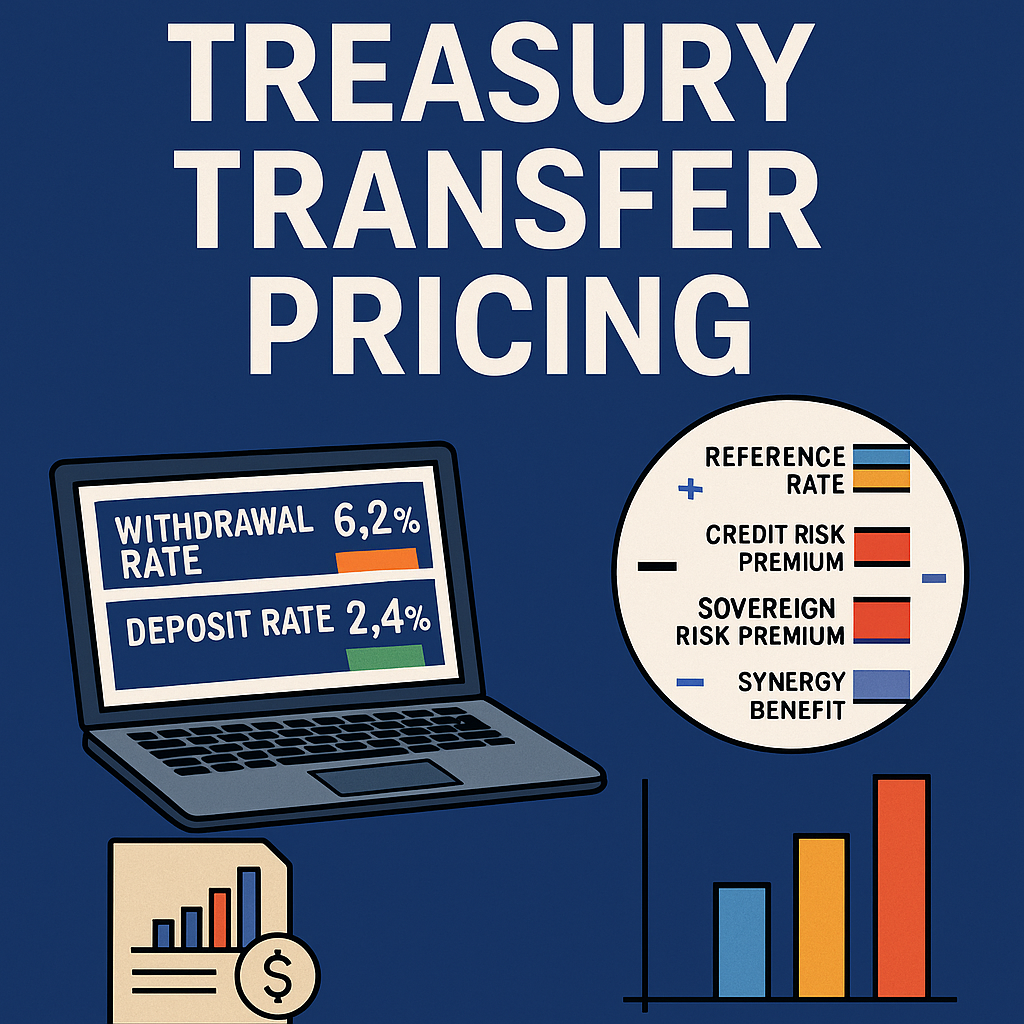Introduction
Optimizing working capital, leveraging supply chain financing, and aligning accounts payable (A/P) management with overarching financial strategies are essential for achieving financial efficiency and resilience. Subsequent chapters will delve into advanced techniques for working capital optimization, explore innovative supply chain financing models, and provide actionable insights into integrating A/P management with broader corporate goals. These discussions will focus on improving liquidity, reducing costs, and fostering sustainable financial practices.
Topics for Exploration
1. Advanced Strategies for Working Capital Optimization
Dynamic Working Capital Forecasting
Leverage predictive analytics and AI to forecast working capital needs in real-time.
Example: Analyzing historical trends and market conditions to anticipate cash flow fluctuations.
Optimizing the Cash Conversion Cycle (CCC)
Identify and implement measures to reduce DSO (Days Sales Outstanding), DIO (Days Inventory Outstanding), and DPO (Days Payable Outstanding).
Example: Streamlining collections processes to shorten DSO while negotiating extended DPO with suppliers.
Inventory Management Integration
Synchronize inventory management with cash flow strategies to reduce holding costs.
Example: Adopting just-in-time (JIT) inventory systems to align stock levels with demand forecasts.
Cross-Functional Collaboration
Integrate A/P, A/R, and inventory management functions to improve working capital efficiency.
Example: Coordinating procurement schedules with anticipated receivables to optimize cash availability.
Risk-Based Cash Allocation
Prioritize cash allocation based on the risk profile of suppliers and operational needs.
Example: Allocating surplus cash to early payment discounts for high-risk suppliers while preserving liquidity.
2. Supply Chain Financing
Reverse Factoring
Partner with financial institutions to provide early payment to suppliers at favorable rates, enhancing their liquidity.
Example: A manufacturer implementing reverse factoring to extend payment terms without straining supplier relationships.
Dynamic Discounting
Use technology platforms to offer early payment discounts based on cash flow availability.
Example: Automating early payment programs that adjust discount rates dynamically based on payment timing.
Inventory Financing
Leverage inventory as collateral to secure short-term financing for working capital needs.
Example: A retailer obtaining funding against seasonal inventory to maintain liquidity during peak demand.
Blockchain-Enabled Supply Chain Financing
Increase transparency and reduce financing costs by using blockchain technology for secure, real-time data sharing.
Example: A global distributor employing blockchain to validate invoices and speed up financing processes.
Collaborative Financing Models
Engage with key suppliers and customers to develop mutually beneficial financing structures.
Example: Co-financing arrangements where customers contribute to supplier working capital needs.
3. Integrating A/P Management with Broader Financial Goals
Aligning Payment Terms with Liquidity Goals
Balance payment terms to optimize liquidity while maintaining supplier relationships.
Example: Extending payment terms to 90 days while offering early payments to critical suppliers through dynamic discounting.
Reducing A/P Process Costs
Automate invoice processing and approvals to lower transaction costs and improve efficiency.
Example: Implementing an electronic invoicing system to reduce manual intervention and processing time.
Incorporating ESG Goals into A/P Strategies
Support sustainability by prioritizing payments to suppliers with strong ESG credentials.
Example: Accelerating payments for certified sustainable suppliers to promote environmental and social initiatives.
Real-Time A/P Visibility
Use integrated dashboards to monitor outstanding payables and cash flow impacts in real-time.
Example: A cloud-based A/P system providing real-time updates on payment schedules and due invoices.
Performance Metrics and Benchmarks
Track A/P performance using KPIs like average payment cycle, discount capture rate, and processing cost per invoice.
Example: Benchmarking A/P performance against industry standards to identify improvement areas.
Case Studies
Supply Chain Financing Success
Industry: Consumer Electronics
Scenario: A consumer electronics company implemented a reverse factoring program with its suppliers.
Outcome: Extended payment terms to 120 days while maintaining supplier liquidity, reducing supply chain disruptions.
Dynamic Discounting Implementation
Industry: Retail
Scenario: A large retailer adopted a dynamic discounting platform to manage early payment programs.
Outcome: Achieved $1 million in annual savings through discount capture while enhancing supplier satisfaction.
Automated A/P Management
Industry: Healthcare
Scenario: A hospital system automated its A/P processes, integrating electronic invoicing and payment approval workflows.
Outcome: Reduced processing costs by 30% and improved on-time payment rates to 95%.
Sustainability in A/P
Industry: Manufacturing
Scenario: A global manufacturer incorporated ESG metrics into its A/P strategy, prioritizing sustainable suppliers.
Outcome: Strengthened supplier relationships and improved the company’s ESG ratings.
Conclusion
These subsequent chapters will provide detailed strategies, practical tools, and real-world examples to help organizations optimize working capital, leverage supply chain financing, and integrate A/P management with broader financial objectives. By adopting these practices, businesses can achieve greater liquidity efficiency, cost savings, and alignment with their long-term operational and sustainability goals.
Advanced Strategies for Working Capital Optimization, Supply Chain Financing, and Integrating Accounts Payable (A/P) Management with Broader Financial Goals
advanced-strategies-for-working-capital-optimization,-supply-chain-financing,-and-integrating-accounts-payable-(a/p)-management-with-broader-financial-goals







Leave a Comment
You must be logged in to post a comment.